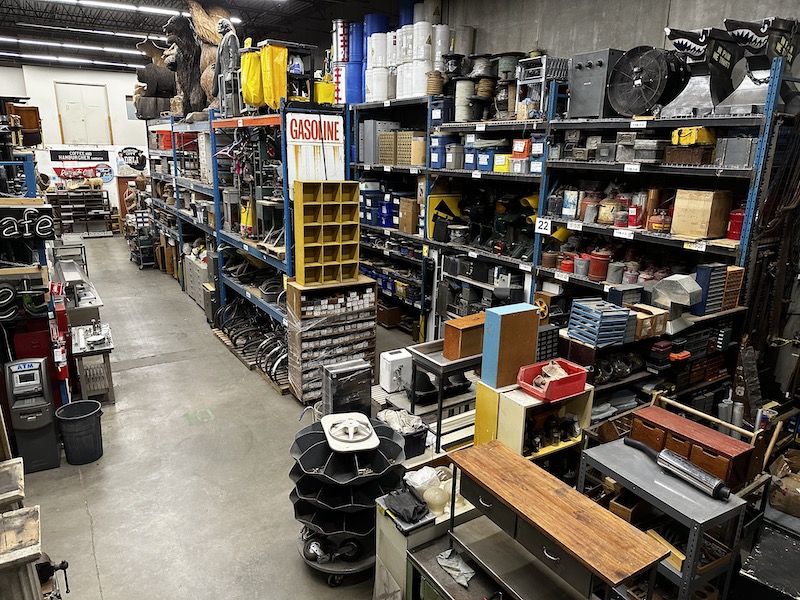Their data sets are too large for any small amount of people to have a substantial impact. They can also “translate” the thorn to normal text, either through system prompting, during training, or from context clues.
I applaude you trying. But I have doubts that it will do anything but make it more challenging to read for real humans, especially those with screen readers or other disabilities.
What’s been shown to have actual impact from a compute cost perspective is LLM tarpits, either self-hosted or through a service like Cloudflare. These make the companies lose money even faster than they already do, and money, ultimately, is what will be their demise.







I know about this. But what you’re doing is different. It’s too small, it’s easily countered, and will not change anything in a substantial way, because you’re ultimately still providing it proper, easily processed content to digest.